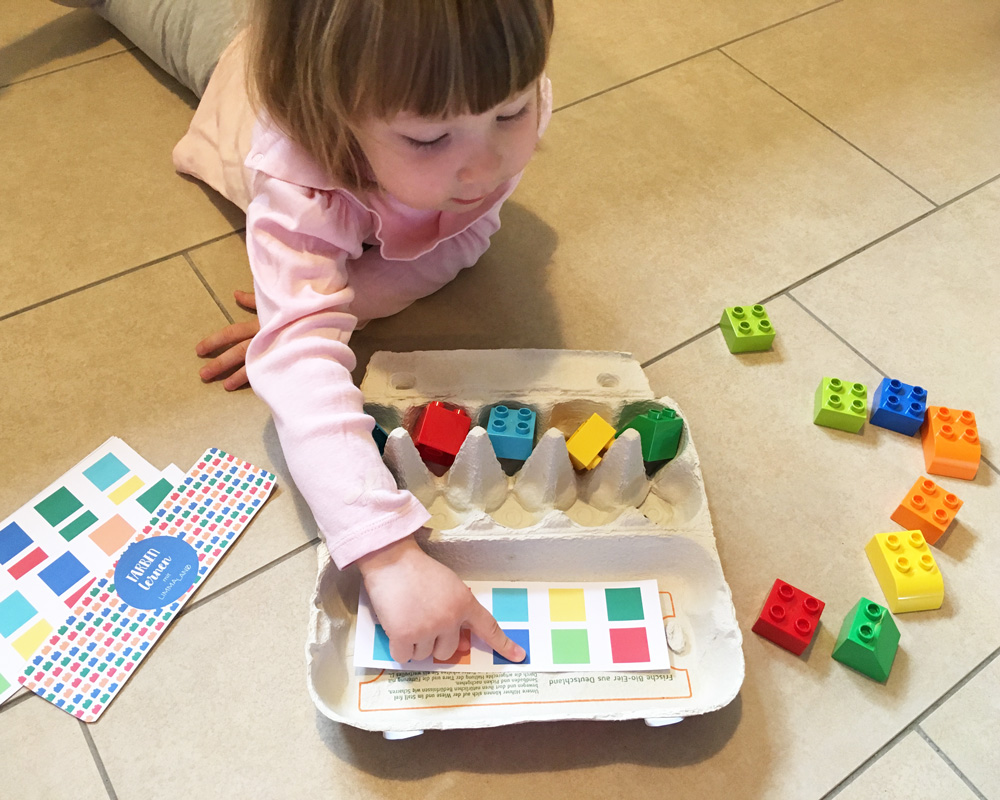
Malvorlagen und Briefpapier Gratis zum Drucken - Basteln mit Kindern | Farben lernen, Projekt farben kindergarten, Farben mit kindern

Farben Lernen Für Kinder, Lustiges Bildungsspiel Für Kinder, Bunte Wolken, Vorschularbeitsblattaktivität, Vektorillustration Lizenzfrei nutzbare SVG, Vektorgrafiken, Clip Arts, Illustrationen. Image 158818330.






















